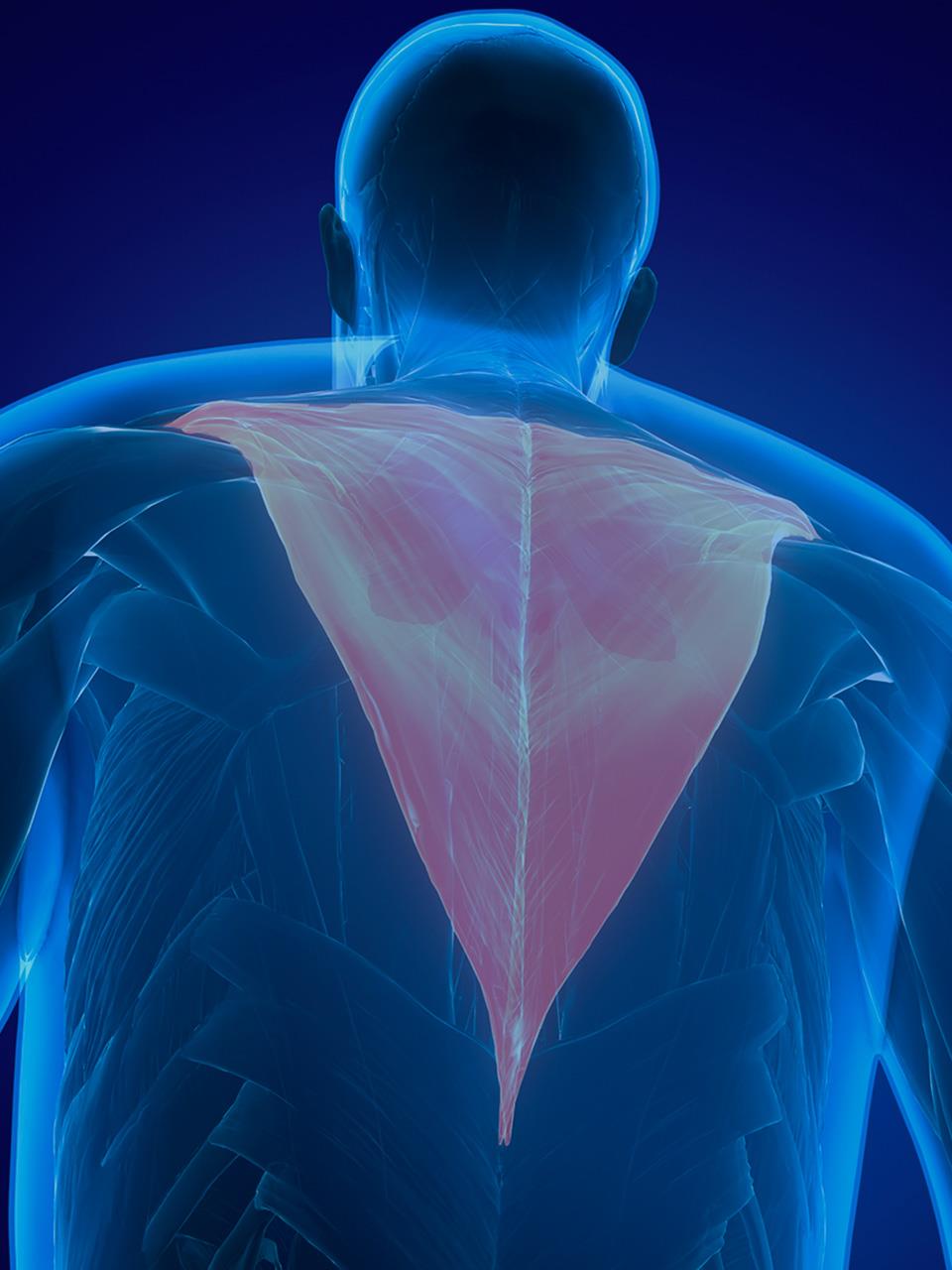
Tap to Read ➤
What is Kinesiology?
Rita Putatunda


Kinesiology involves using muscle testing in order to determine imbalances in the body, and devise therapeutic treatment accordingly. Here's more...

The term 'kinesiology' stands for 'Science of Movement'. It is a science that includes three main fields of study―psychomotor behavior, exercise physiology, and biomechanics. These sciences are used by kinesiologists to study the movements of humans.

The Origins of Kinesiology
The origins of kinesiology can be traced back to the early part of the 1960s, when Dr. George Goodheart, an American chiropractor, made the correlation between the skeletal muscles, acupuncture meridians, and internal organs.

He came to the understanding that similar to acupuncture meridians, the skeletal muscles could also be a way of monitoring the internal functions of the body, which he named Applied Kinesiology.

Muscle testing, which is a procedure used for diagnosis, is one of the several developments of kinesiology. This method constitutes a primary feedback system, which is monitored between the skeletal muscles and the nervous system. When applied correctly, it can work as an efficient tool for evaluation, which can enable the kinesiologist to determine the therapy that is most appropriate to deal with a condition.

How Does Kinesiology work?
Basically, it is an auxiliary method of healing naturally, wherein, muscle testing is used as a technique of biofeedback, by which various factors can be determined, such as a variety of imbalances of the spirit, body, and mind or communication problems which could be due to injuries, learning problems, poor nutrition, stress, and so on.
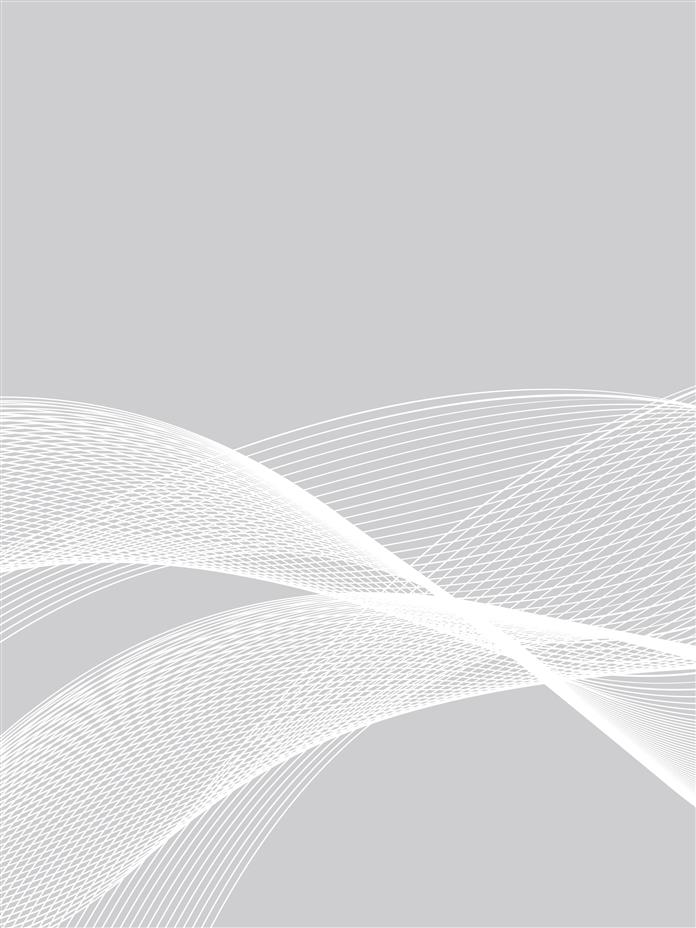
Once the problem is determined, the therapist can use a wide variety of methods to rectify the imbalances, and be able to corroborate the rectification by repeating the muscle testing.
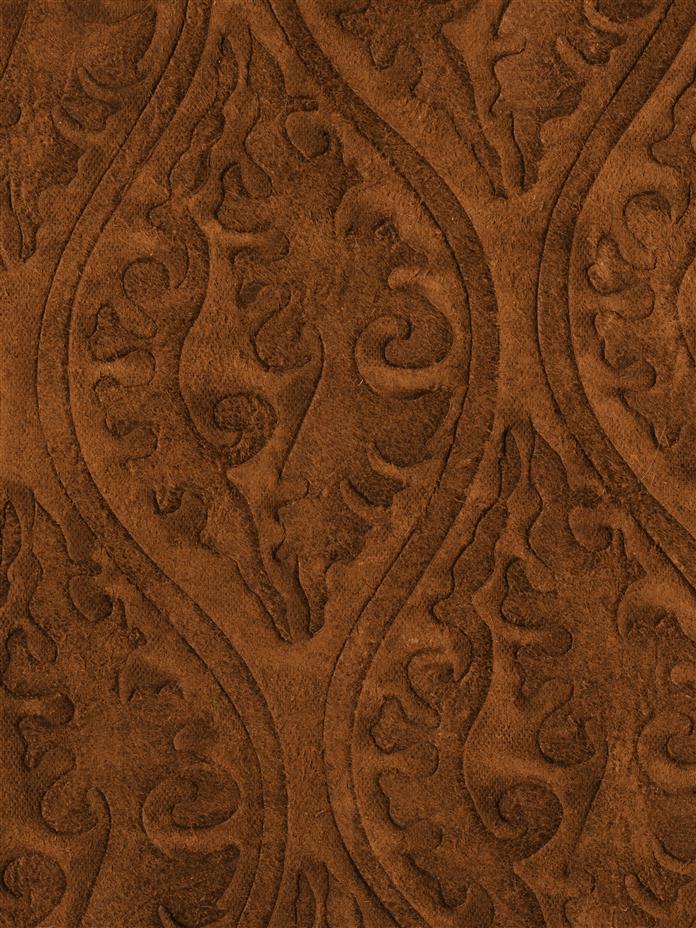
At the simplest level muscle testing can be used to find out if each muscle is in proper condition. Your limbs are positioned by the kinesiologist in particular positions, after which, he/she applies either a light or firm pressure, according to the kind of testing that is being done.

Whether the muscle is functioning properly or not is determined by the kind of response to the pressure that is applied. Imbalances in the tone of the muscles lead to structural abnormalities, which can result in a number of problems from pain to discomfort to conditions that are more serious.
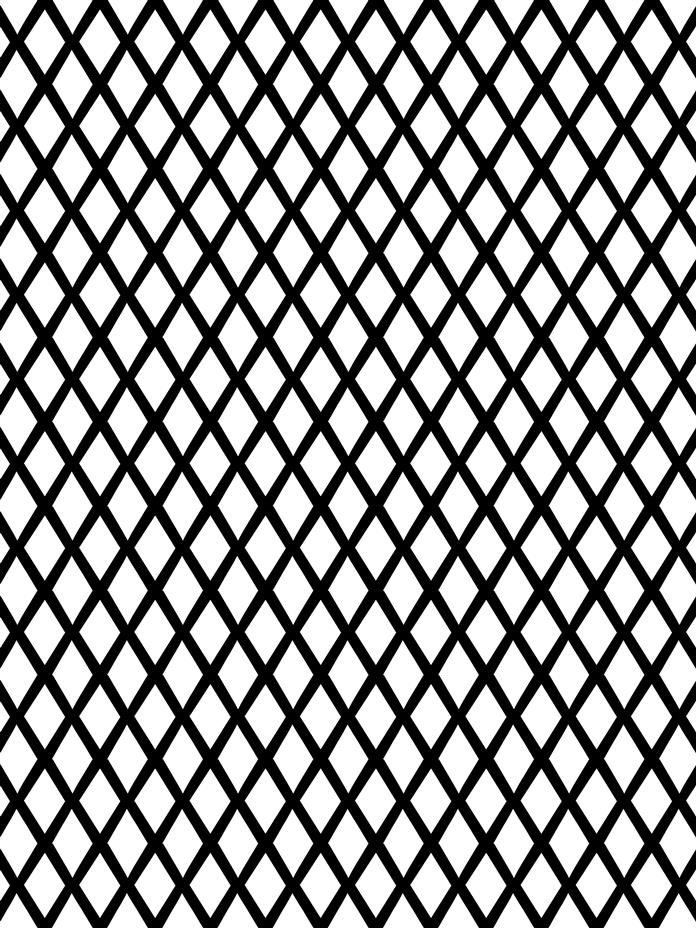
According to the theory, each of the muscles is also associated with an acupuncture meridian, thus having energetic, nutritional, emotional, and physical components.
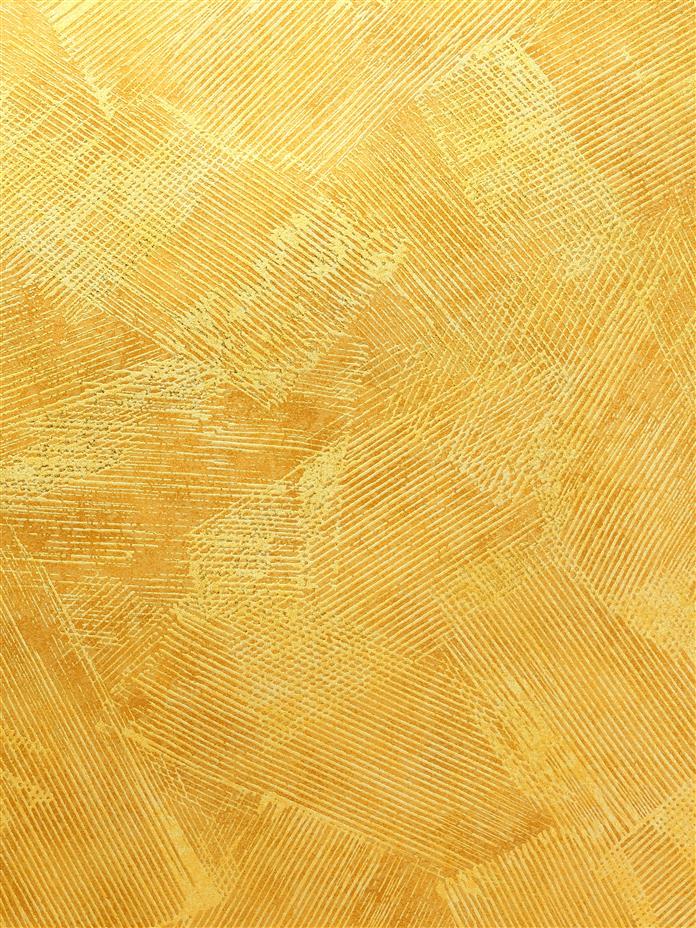
Many of the physical reflexes which have an effect on the flow of the body fluids, like neurovascular and neurolymphatic reflexes, are also said to have muscle and organ links, and are used in various corrective procedures.

When there are imbalances in any of these systems, it can lead to the weakening of the muscles, and when these imbalances are corrected, it also results in the correction of the weakened muscles. This feature is also referred to as 'muscle balancing or muscle checking'.

Thus, a specialist in this field has the ability of detecting and correcting a wide variety of imbalances in the body, and re-establishing harmony, which usually results in reversing the course of a disease or ailment. The kinesiologist treats the patient as a whole organism, instead of merely treating a symptom. This enables a variety of approaches, and entails that the patient also be completely involved in his/her own healing process.

There are a number of fields these methods of treatment cover, such as ambulation training, therapeutic exercise, aquatic therapy, geriatric rehabilitation, orthopedic and prosthetic rehabilitation, psychiatric rehabilitation, ergonomics, in-home exercise therapy, and driver's training.